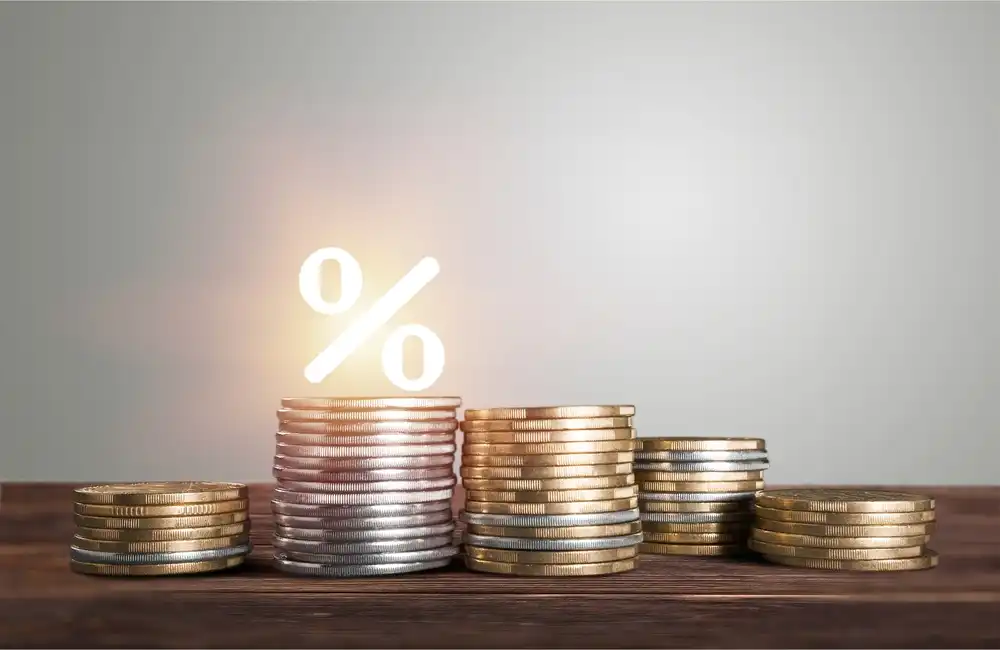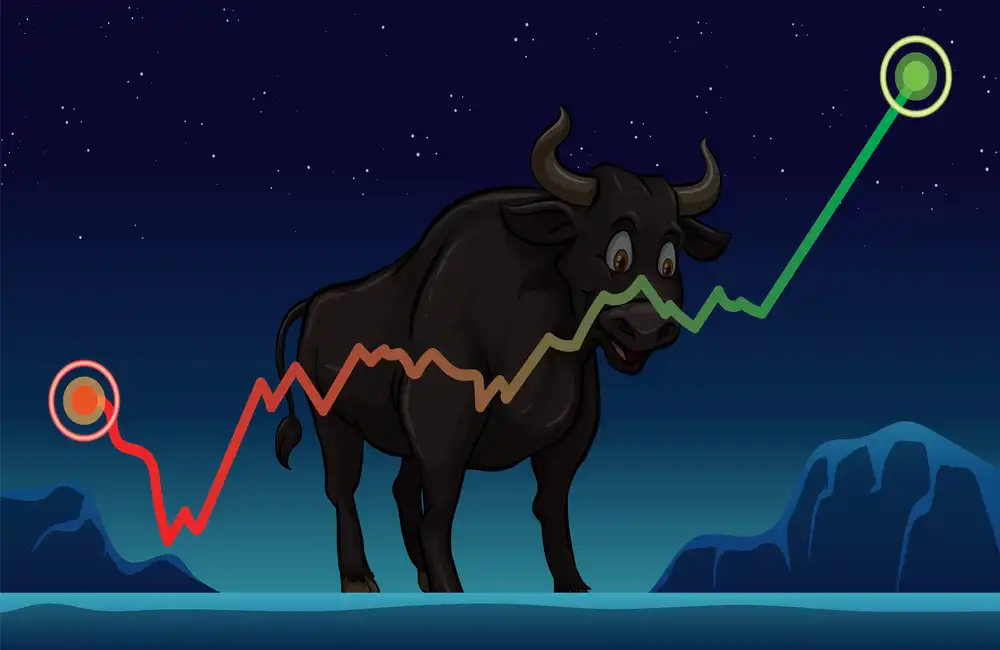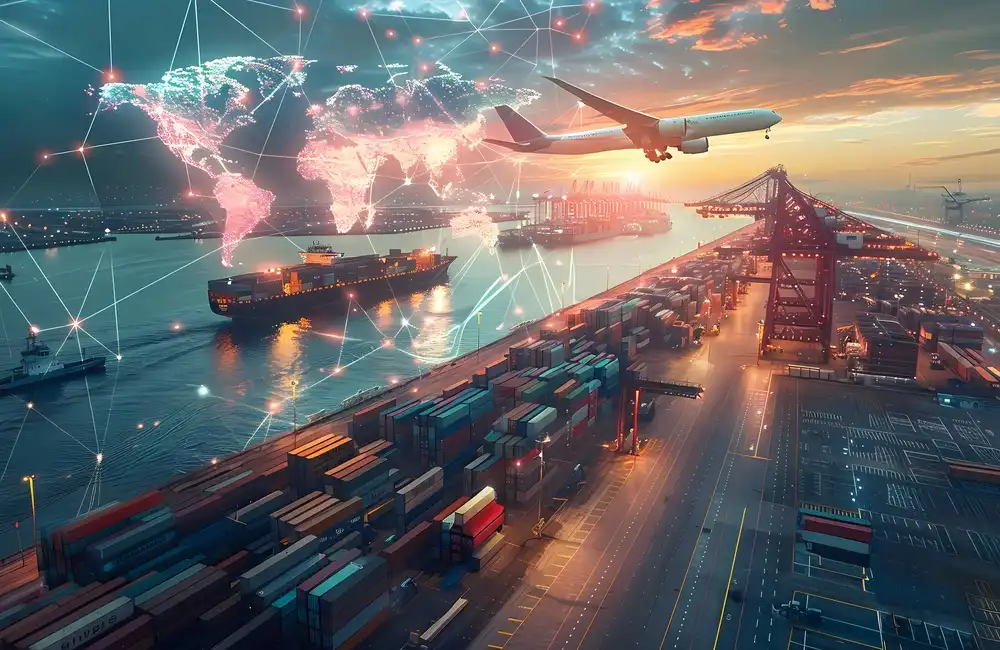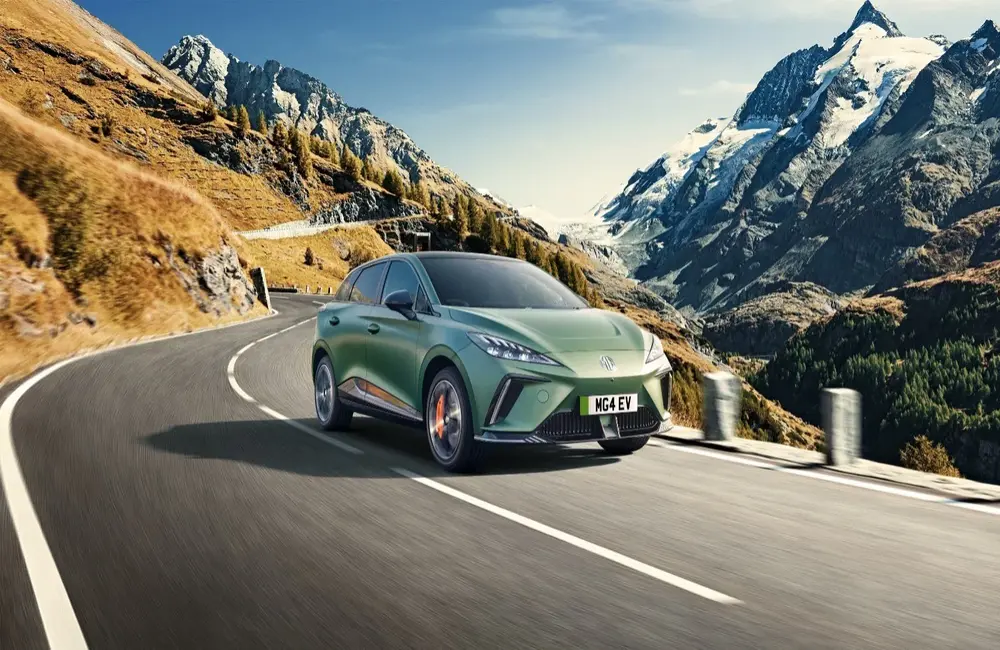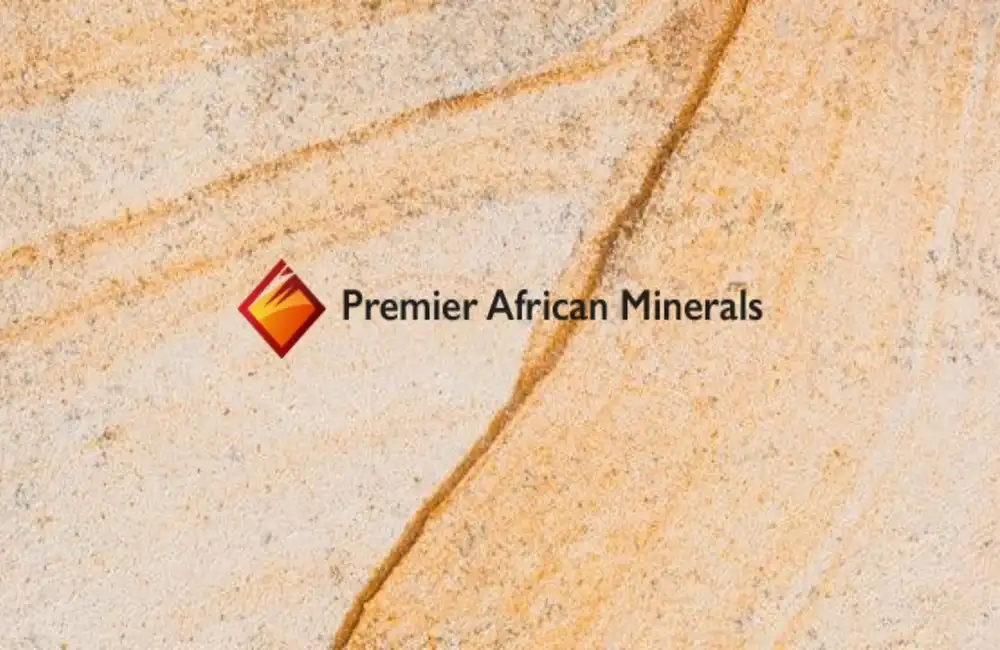Shutdowns aimed at preventing the spread of COVID-19 in China, especially Shanghai, upended vehicle makers’ supply chains, which were already strained by a shortage of semiconductor chips.
Auto Market Outlook Grows Uncertain Amid Global Disruptions
The market outlook turned more uncertain after Russia invaded Ukraine, as Ukraine was a major supplier of wire harnesses for vehicles to some European carmakers. U.S. chipmakers were also impacted, with key materials like neon—used in laser-based chip production—coming from Ukraine. Sanctions on Russia hit hard, with vehicle sales in the region halving from January to May, totaling just 318,114 units, according to the Association of European Businesses.
Raw Material Pressures and EV Pricing
Rising raw material costs are pressuring electric vehicle (EV) manufacturers, contributing to a surge in retail prices. According to S&P Global Commodity Insights, Platts assessments showed:
- Lithium carbonate (seaborne): +115.9% YTD to $73,000/mt CIF North Asia
- Lithium hydroxide (seaborne): +139.4% YTD to $75,900/mt CIF North Asia (as of June 22)
Uncertainty in the market is likely to increase reliance on contracted volumes, lengthen contract discussions, and accelerate supply chain protectionism. With Shanghai’s lockdown recently lifted, efforts to repair global supply chains are ongoing.
Recession Risks and Affordability Challenges
Vehicle manufacturers are struggling to return to normalcy. The ongoing war in Ukraine and other bearish triggers may drive the global economy into recession. World Bank President David Malpass noted on June 7, “For many countries, recession will be difficult to avoid.” Even if recession is averted, stagnation could persist unless supply ramps up significantly.
Demand for new vehicles remains strong, but soaring prices risk making them unaffordable for many, especially amid inflation, stagnant wages, and the lingering effects of COVID-19. Stagflation is becoming a frequently mentioned term among economists.
Compounded by food protectionism, consumers may increasingly face difficult choices between essentials and transport-related costs, including EV batteries.
Supply Chain Snags and Inventory Shortfalls
In the U.S., vehicle inventories remain tight as production struggles to recover from semiconductor shortages that began in early 2021. While cars at dealership lots fetch record-high transaction prices, that may soon be limited by rising interest rates.
Meanwhile, hot-rolled coil (HRC) prices have been volatile:
- Platts TSI US HRC index: $1,240/st on May 31, down 2.4% from $1,270/st on Jan. 31
New car registrations in the European Union dropped 13.7% to 3.72 million units in Jan–May, with May alone seeing an 11.2% YoY decrease due to semiconductor shortages and rising inflationary pressure.
Russia’s Auto Market Slumps, EU Makers Face Renewed Risk
The bearish trend was intensified by the war in Ukraine and its energy implications. EU vehicle makers who had rebounded quickly post-COVID now face fresh risks, especially EV makers contending with rising battery material costs. EU’s HRC market, meanwhile, struggled with weak demand and supply gluts.
China’s Resilient NEV Production
Despite a 12.6% YoY slump in total vehicle output in May due to Shanghai lockdowns, China produced 466,000 new energy vehicles (NEVs)—a 113.9% increase YoY and 49.5% MoM. Carmakers are optimistic about meeting full-year targets as production normalizes.
- China also cut taxes on vehicle purchases to stimulate demand.
India’s Uneven Recovery
India produced 1.97 million vehicles in May 2022, up from 1.89 million in April and 806,755 in May 2021. However, this was still 18.6% below pre-COVID levels (May 2019: 2.42 million units), indicating that the market has not fully recovered.
The Federation of Automobile Dealers Associations (FADA) remains cautious about a full-scale recovery in sales, as rising wholesale vehicle prices continue to erode consumers’ disposable income. In response, the government cut excise duties on petrol and diesel to manage inflation. Still, local producers like Maruti Suzuki face challenges maintaining production at scale.



